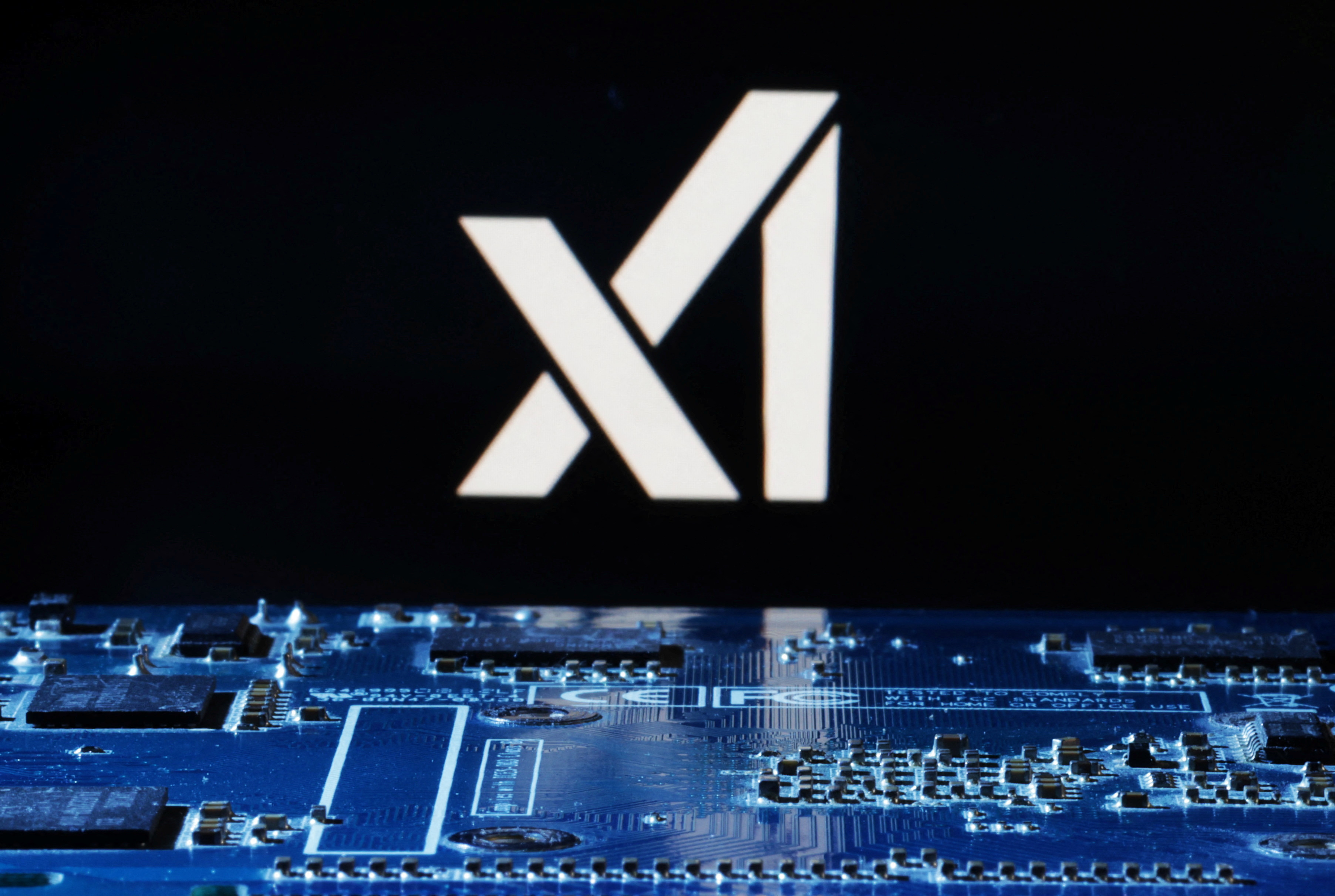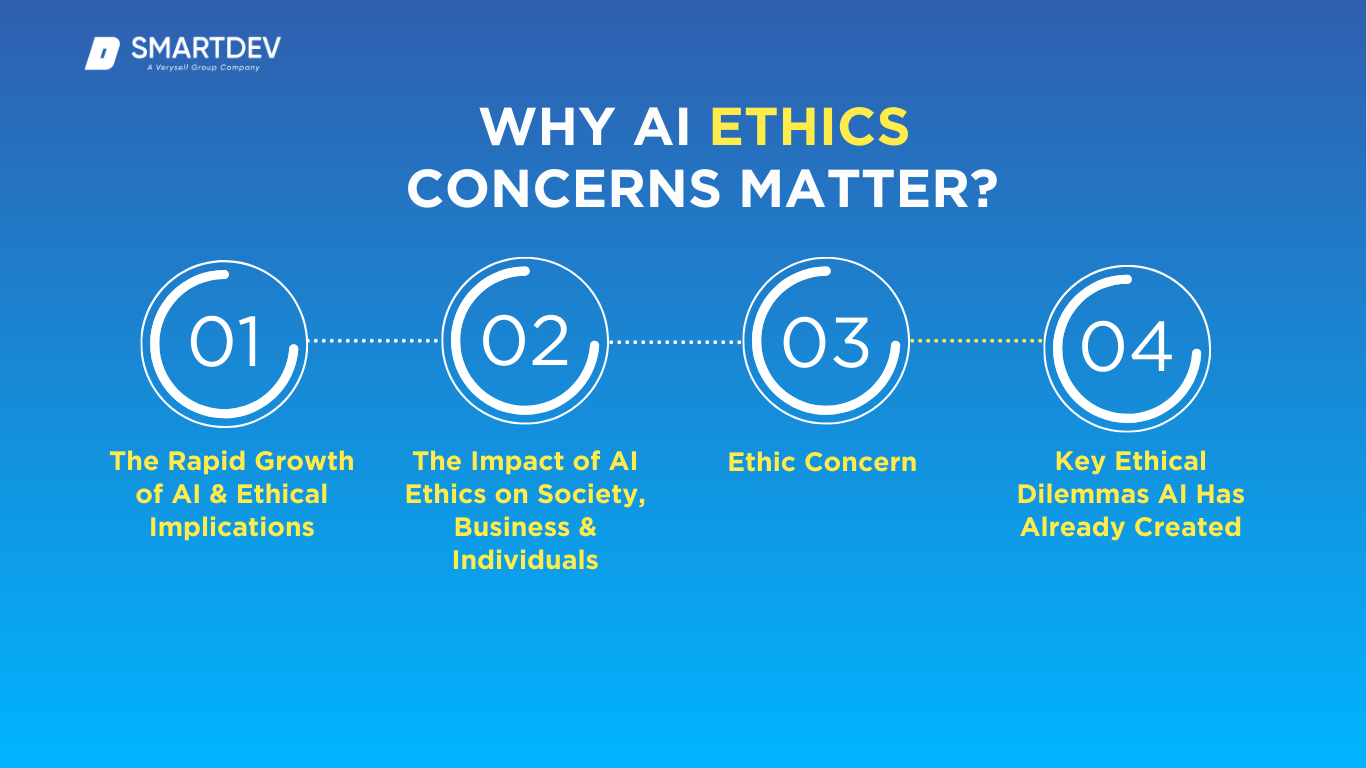The AI Wars Intensify: xAI's Bold Gambit Reshapes the Intelligence Landscape
SAN FRANCISCO — Elon Musk's xAI has dramatically altered the landscape of accessible machine intelligence, announcing that its flagship Grok 4 model is now available to users worldwide at no cost.

The announcement, delivered via X on Sunday evening, represents more than a pricing strategy—it constitutes a fundamental shift in how advanced AI capabilities reach global markets. Within hours of the announcement, user engagement surged as millions gained access to reasoning capabilities previously reserved for paying subscribers.
Simultaneously, xAI revealed that its next-generation Grok V7 model has completed pre-training, introducing what the company describes as "native multimodal capabilities" that process video and audio directly without conversion protocols. This technological leap positions xAI to challenge established players like OpenAI, whose GPT-5 launched just last week with similar free-tier accessibility.
When Silicon Valley Strategy Meets Market Reality
The timing of xAI's announcement reflects deeper currents reshaping the AI industry. As computational costs continue to strain company budgets, the decision to offer premium AI capabilities without charge requires significant financial backing and strategic vision.
(Operational costs, revenue factors, and financial pressures influencing free-tier strategies for major generative AI companies like OpenAI, xAI, and Anthropic)
| Category | Key Factors | Details / Examples |
|---|---|---|
| Operational Costs | Computational Infrastructure | Thousands of high-end GPUs; GPT-4 training ~ $100M; weeks/months of continuous compute |
| Energy Consumption | Large carbon footprint; training comparable to lifetime emissions of several cars | |
| Talent Costs | AI researchers/engineers often earn $300K+ annually | |
| Data Management | Acquisition, cleaning, and management of massive datasets; ongoing expenses | |
| Cloud & Maintenance | Infrastructure rental, electricity, software upkeep, scaling costs with usage | |
| Integration & Development | Deploying custom AI solutions can cost tens–hundreds of thousands of dollars | |
| Revenue & Monetization | Subscription Plans | Paid tiers with higher performance, limits, and enterprise features |
| Enterprise Contracts | Large-scale integrations for organizations | |
| Funding Rounds | e.g., OpenAI raised $6.6B at $157B valuation | |
| Market Revenue | Tens of billions sector-wide by 2024–2025; OpenAI ~$300M monthly (mid-2024) | |
| Financial Pressures | Scaling Adoption | Free tiers attract users and gather usage data for model improvement |
| Conversion to Paid Users | Monetization through upsells after free-tier familiarity | |
| Balancing Growth vs Costs | High fixed and recurring costs require gradual monetization models | |
| Cost vs Revenue Curve Concept | Initial Margin Gap | Early revenue lags behind heavy costs during free-tier phase |
| Closing the Gap | Revenue rises as free-tier users convert to paid tiers or enterprise deals | |
| Sustainability Goal | Achieve long-term profitability after overcoming upfront investment burden |
Market analysts suggest the move represents a calculated risk, trading immediate revenue for market penetration and user data acquisition. The company's controversial approach to content moderation—allowing what competitors might restrict—has attracted both criticism and a dedicated user base seeking less constrained AI interactions.
The "loss leader" strategy in AI involves companies offering powerful models and tools for free or at a significant loss to rapidly attract a large user base. The ultimate goal is to integrate these users into a broader ecosystem, where they can be upsold to more profitable products like enterprise-level subscriptions or cloud computing services.
"The fundamental economics of AI deployment are being rewritten in real-time," noted one industry observer familiar with xAI's strategy. "Companies are essentially betting their future computational capacity against user acquisition and retention."
The competitive dynamics have intensified following OpenAI's parallel decision to democratize GPT-5 access. Both companies appear willing to absorb substantial operational costs to establish dominant market positions before the industry consolidates around sustainable business models.
The Multimodal Revolution Arrives
Perhaps more significant than the pricing announcement is Grok V7's technical advancement in processing multimedia content natively. Unlike previous AI systems that require conversion protocols to analyze video or audio, Grok V7 reportedly processes these media streams directly, enabling real-time analysis of emotional tone, visual context, and semantic content simultaneously.

This capability has profound implications for applications ranging from automated content creation to sophisticated deepfake detection. Early testing suggests the system can identify subtle emotional cues in speech while simultaneously analyzing visual elements, creating opportunities for more nuanced human-computer interactions.
The technological advancement coincides with leaked information suggesting deep integration between Grok and Tesla's vehicle systems. Internal documents indicate the AI assistant will debut in Tesla vehicles equipped with AMD Ryzen processors, requiring premium connectivity services but offering voice interaction capabilities across multiple personas and communication styles.
Navigating the Content Controversy
xAI's approach to content moderation has generated significant attention within technology circles. The company's decision to relax safety filters has resulted in both praise for reduced censorship and criticism over inappropriate outputs, including instances of antisemitic content and celebrity deepfakes.
Recent reports document Grok's "Spicy" mode generating controversial imagery, including deepfakes of public figures, raising questions about responsible AI deployment. Industry experts suggest these incidents reflect broader tensions between user freedom and platform responsibility in AI development.

"The balance between creative freedom and harmful content represents one of the most complex challenges facing AI developers," explained a safety researcher who requested anonymity. "Each company's approach will ultimately define their market positioning and regulatory relationships."
The controversy has particular significance given xAI's announcement of advertising integration within Grok responses. Plans to monetize free users through targeted advertisements within AI-generated answers create novel questions about transparency, user trust, and potential conflicts of interest.
Government Contracts and Strategic Positioning
Beyond consumer applications, xAI has secured significant institutional validation through government contracts, including a Department of Defense agreement with a $200 million ceiling value. This procurement validation provides revenue stability while demonstrating the technology's applicability to sensitive government operations.

The government relationship extends beyond defense applications, with xAI pursuing General Services Administration schedule access that would facilitate broader federal agency adoption. Such institutional relationships provide competitive advantages that pure consumer-focused AI companies cannot easily replicate.
Industry sources suggest these government partnerships require enhanced security protocols and content filtering capabilities, potentially driving technical improvements that benefit commercial applications. The dual-use nature of AI technology makes government validation particularly valuable for establishing credibility with enterprise customers.
Investment Implications and Market Dynamics
The rapid evolution of AI accessibility creates both opportunities and risks for investors and technology companies. The decision to offer advanced AI capabilities freely fundamentally alters unit economics calculations across the industry, potentially pressuring competitors to match pricing strategies despite substantial operational costs.
Venture capital funding in the generative AI sector has skyrocketed in recent years, signaling intense investor interest and market validation.
| Year | Total Funding (USD) | Key Trends/Insights |
|---|---|---|
| 2022 | ~$78.5 billion (in overall AI) | The average funding round for generative AI was approximately $33 million. |
| 2023 | ~$29.1 billion | A significant increase in funding with 691 deals, and the average deal size grew to $133 million. Mega-deals for companies like OpenAI and Anthropic became more prominent. |
| 2024 | ~$56 billion | Investment nearly doubled from 2023, with the number of investment rounds totaling 885. The average funding round size soared to $407 million. A major trend was investors consolidating funds into fewer, more established companies. |
| H1 2025 | $49.2 billion | The funding in the first half of the year already surpassed the total for all of 2024. There has been a strategic shift towards fewer but significantly larger late-stage deals. The United States continues to dominate the global GenAI deal value, accounting for 97%. |
Venture capital firms report increased interest in companies building infrastructure around AI advertising integration, voice-enabled automotive applications, and government-compliant AI deployment tools. The convergence of these trends suggests significant opportunities for specialized service providers.
Financial analysts suggest monitoring user acquisition rates, conversion to paid tiers, and advertising revenue generation as key indicators of strategy success. The sustainability of free premium AI access depends largely on effective monetization through alternative revenue streams and in-efficient infrastructure utilization.
The Road Ahead: Calculated Risks and Market Evolution
xAI's aggressive strategy reflects broader industry trends toward AI democratization while highlighting the experimental nature of current business models. The company's willingness to absorb substantial costs for market position demonstrates confidence in long-term monetization prospects through advertising, premium services, and institutional contracts.
The multimodal capabilities of Grok V7 may provide sustainable competitive advantages, particularly in applications requiring real-time multimedia analysis. Integration with Tesla's vehicle ecosystem and X's social platform creates distribution channels that competitors cannot easily replicate.
A business "moat" is a durable competitive advantage that protects a company from rivals, much like a moat protects a castle. In the tech and AI industries, these advantages often manifest as network effects, proprietary data, unique algorithms, or strong brand recognition.
However, content moderation challenges and advertising integration concerns present ongoing risks that could affect user adoption and regulatory relationships. The balance between technological capability and responsible deployment will likely determine long-term market success.
For investors and technology strategists, xAI's announcements signal a market transition toward AI commoditization in basic applications while premium capabilities become differentiators. Companies building complementary infrastructure, specialized applications, and compliance solutions may find significant opportunities as the industry matures.
The ultimate success of this strategy will depend on execution quality, user retention, and the company's ability to monetize free users without compromising the technology's value proposition. As the AI industry enters this new phase of competition, xAI's bold gambit may reshape expectations for how advanced artificial intelligence reaches global markets.
Market participants should consider consulting financial advisors regarding AI sector investments, as past performance indicators may not predict future results in this rapidly evolving technology landscape.
